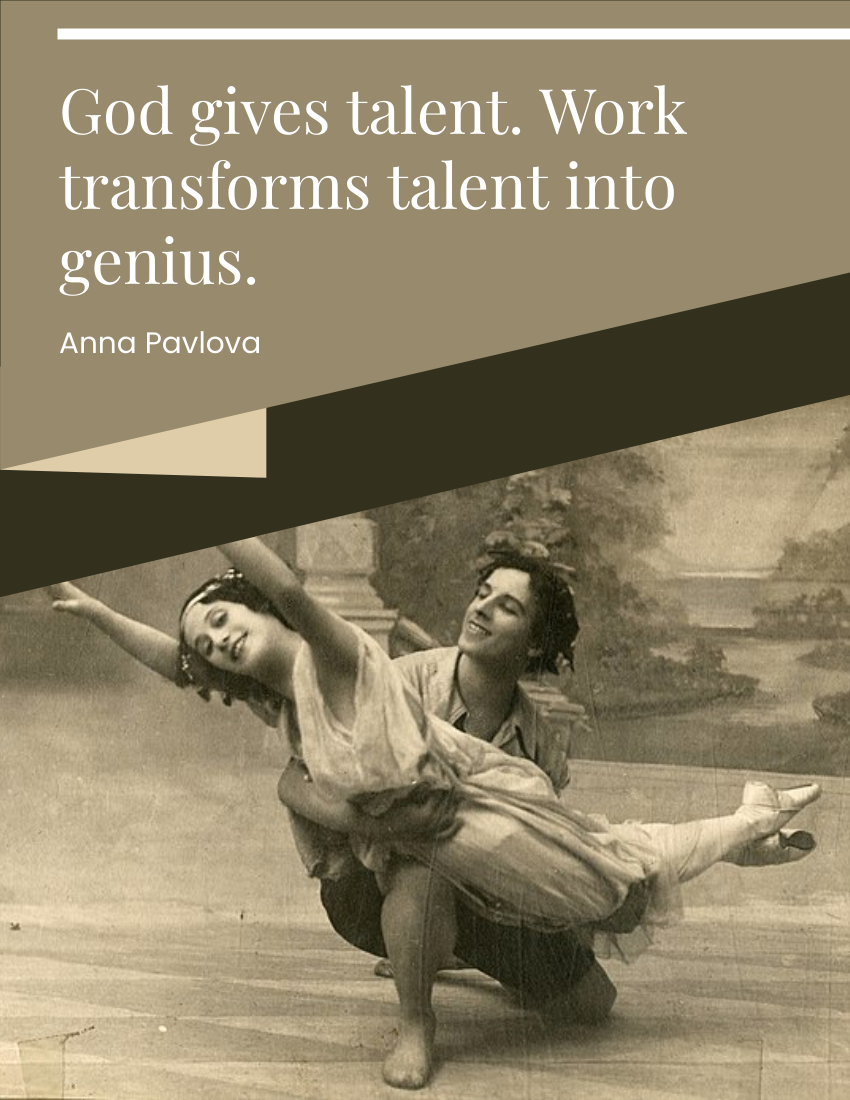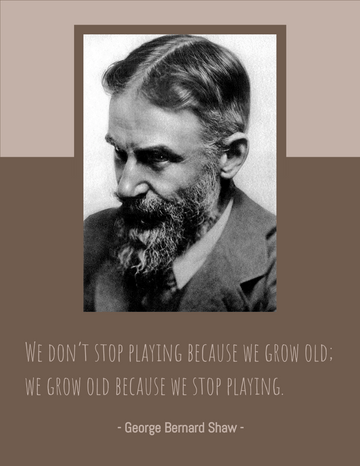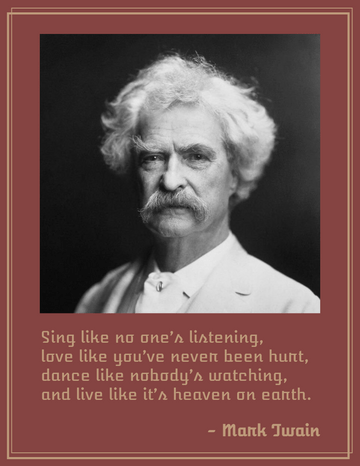God gives talent. Work transforms talent into genius.
- Anna Pavlova
About Anna Pavlova
Anna Pavlovna Pavlova, born Anna Matveyevna Pavlova (1881 – 23 January 1931), was a Russian prima ballerina of the late 19th and the early 20th centuries. She was a principal artist of the Imperial Russian Ballet and the Ballets Russes of Sergei Diaghilev. Pavlova is most recognized for her creation of the role of The Dying Swan and, with her own company, became the first ballerina to tour around the world, including performances in South America, India and Australia.
Click here to read the flipbook.
Early life
Anna Matveyevna Pavlova was born in the Preobrazhensky Regiment hospital, Saint Petersburg where her father, Matvey Pavlovich Pavlov, served. Some sources say that her parents married just before her birth, others—years later. Her mother, Lyubov Feodorovna Pavlova, came from peasants and worked as a laundress at the house of a Russian-Jewish banker, Lazar Polyakov, for some time.
Imperial Ballet School
Young Pavlova's years of training were difficult. Classical ballet did not come easily to her. Her severely arched feet, thin ankles, and long limbs clashed with the small, compact body favoured for the ballerina of the time. Her fellow students taunted her with such nicknames as The broom and La petite sauvage.
Anna Pavlova's talents
Pavlova inspired the choreographer Frederick Ashton when, as a boy of 13, he saw her dance in the Municipal Theater in Lima, Peru. The Pavlova dessert of New Zealand and Australia is named after her. The nationality of its creator has been a source of argument between the two nations for many years. Pavlova's dances inspired many artworks of the Irish painter John Lavery. The critic of The Observer wrote on 16 April 1911: "Mr. Lavery's portrait of the Russian dancer Anna Pavlova, caught in a moment of graceful, weightless movement ... Her miraculous, feather-like flight, which seems to defy the law of gravitation".




















































